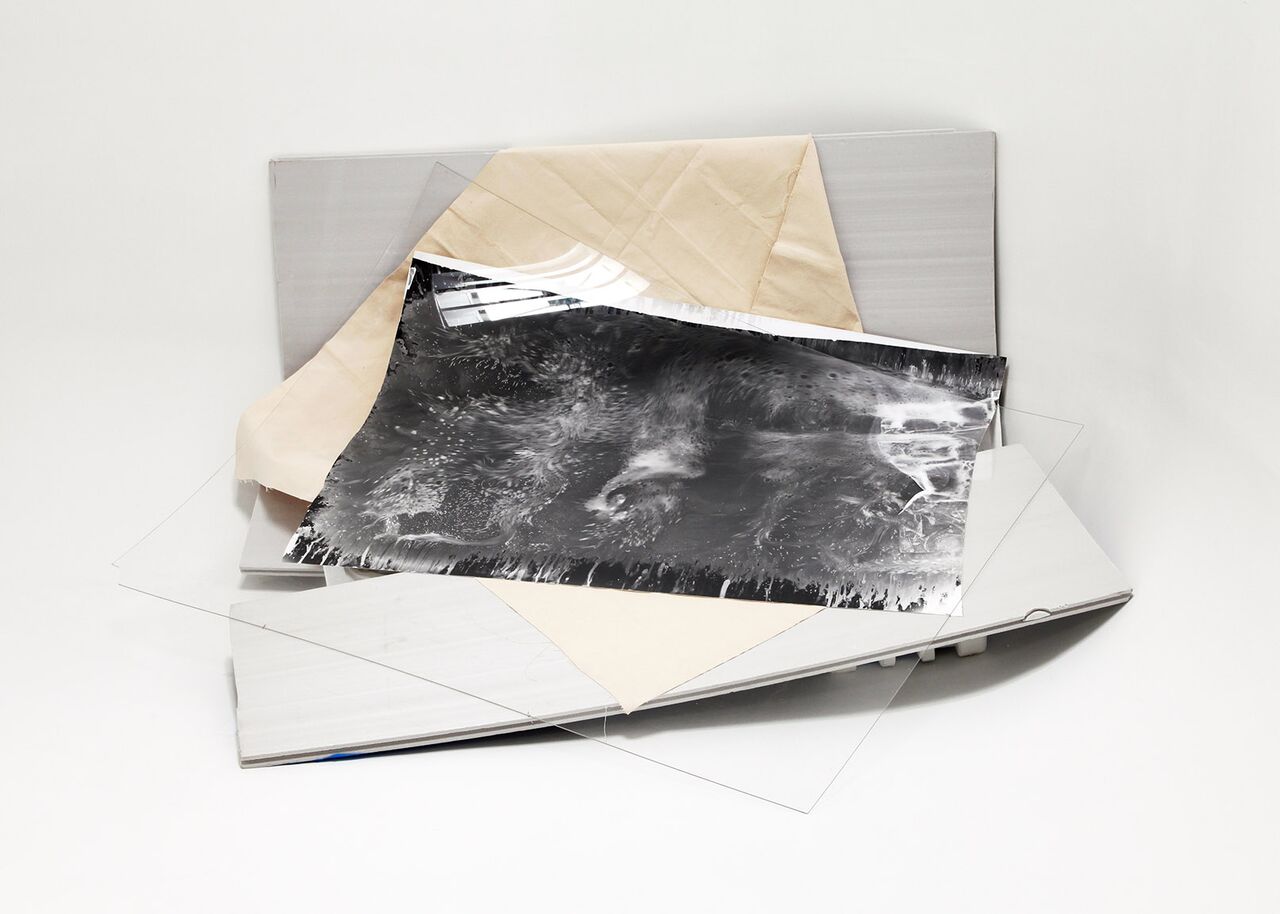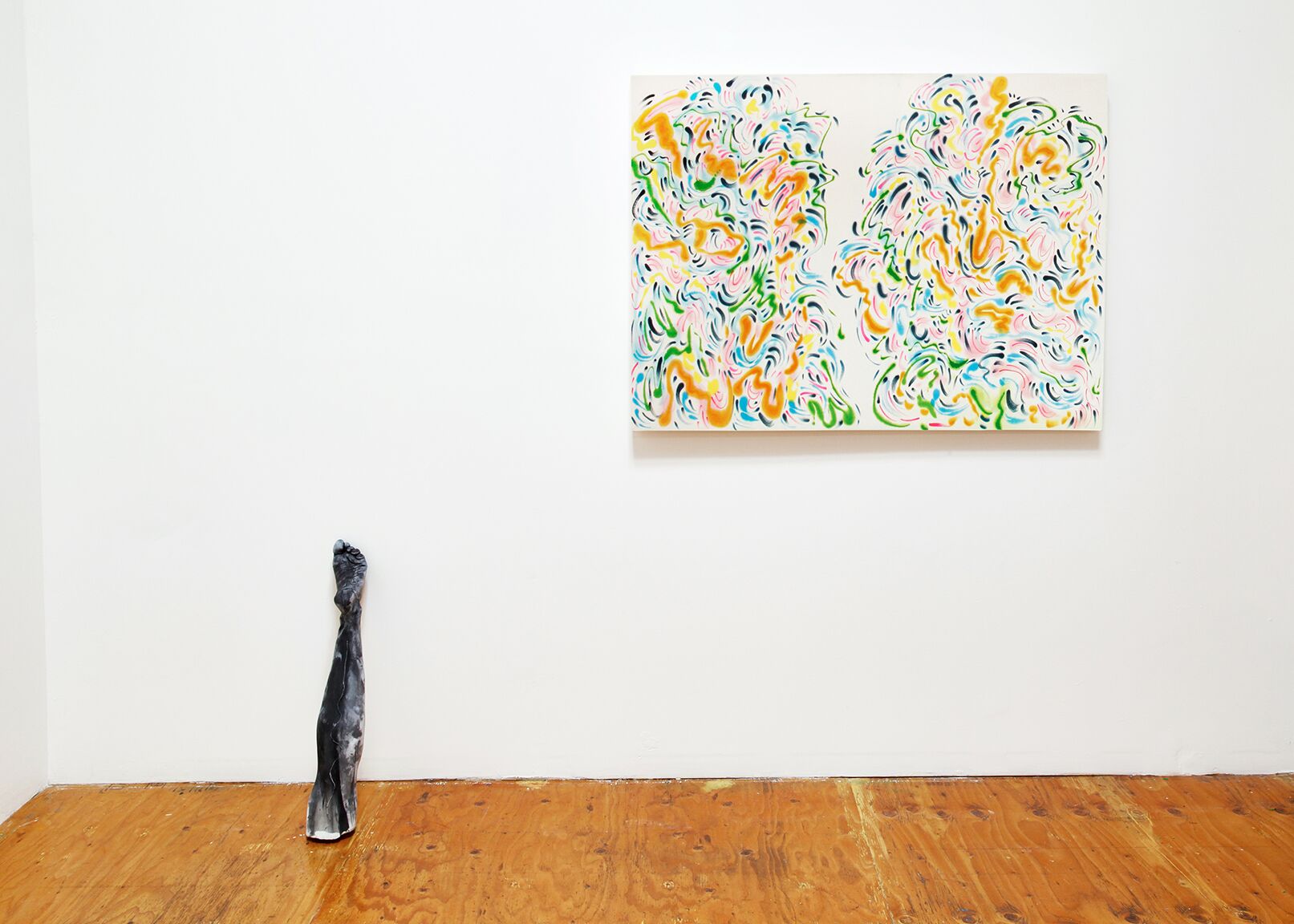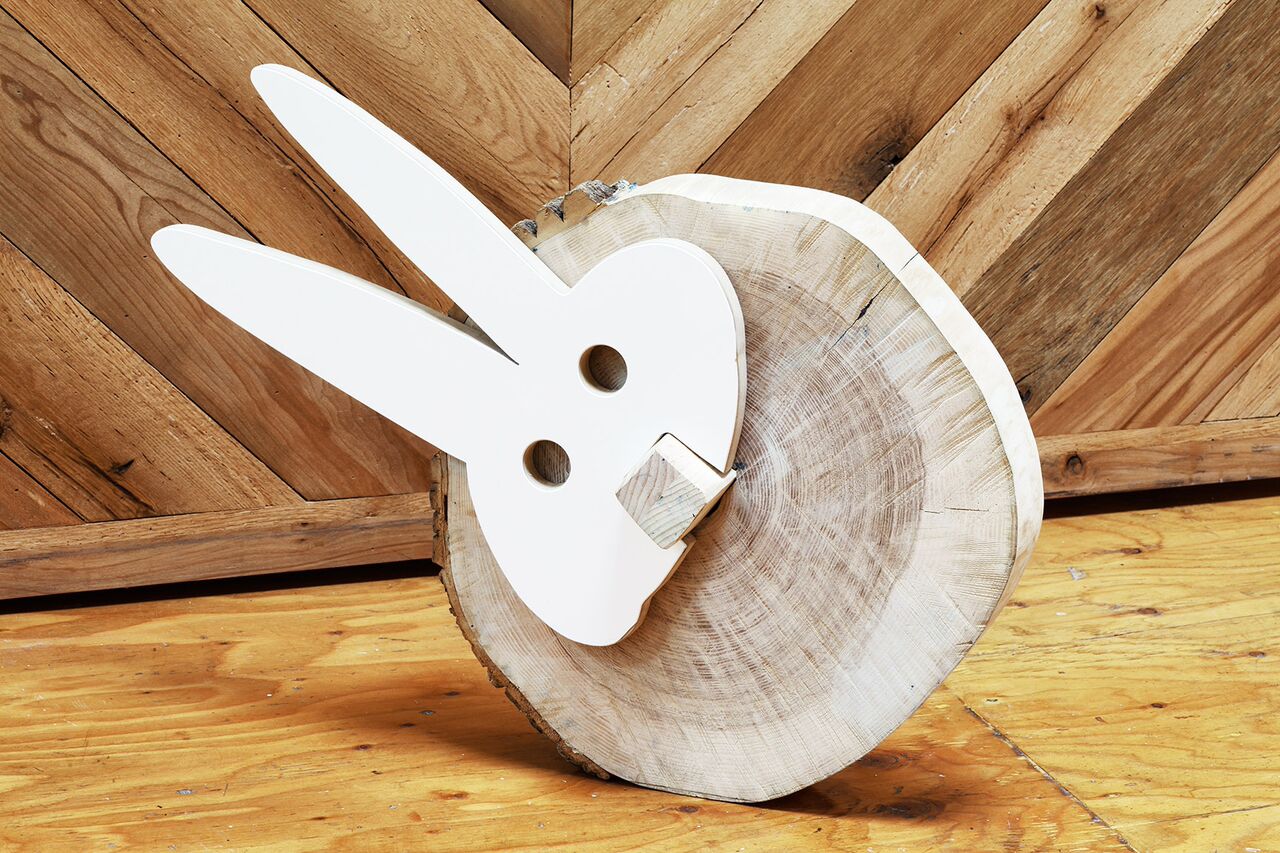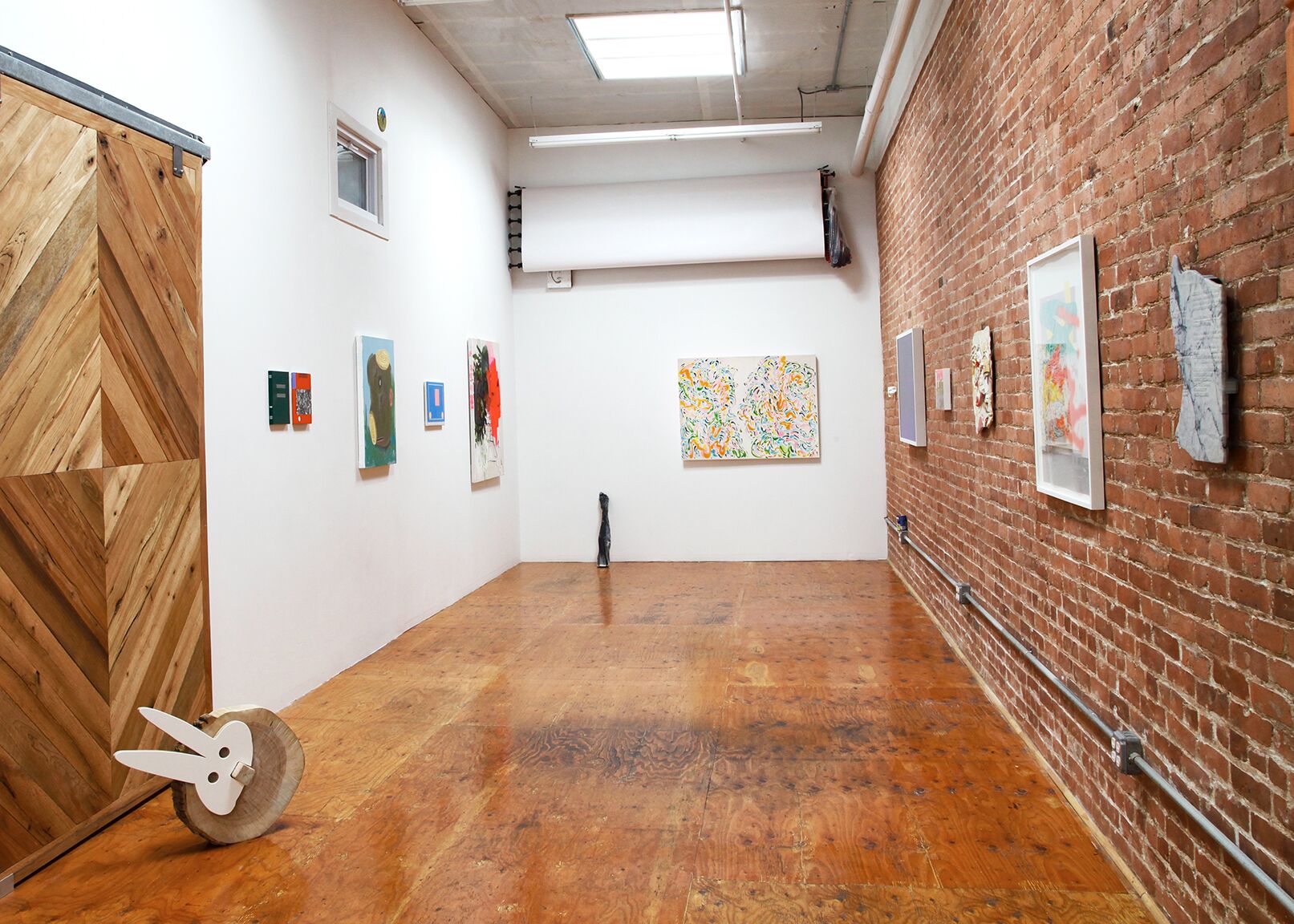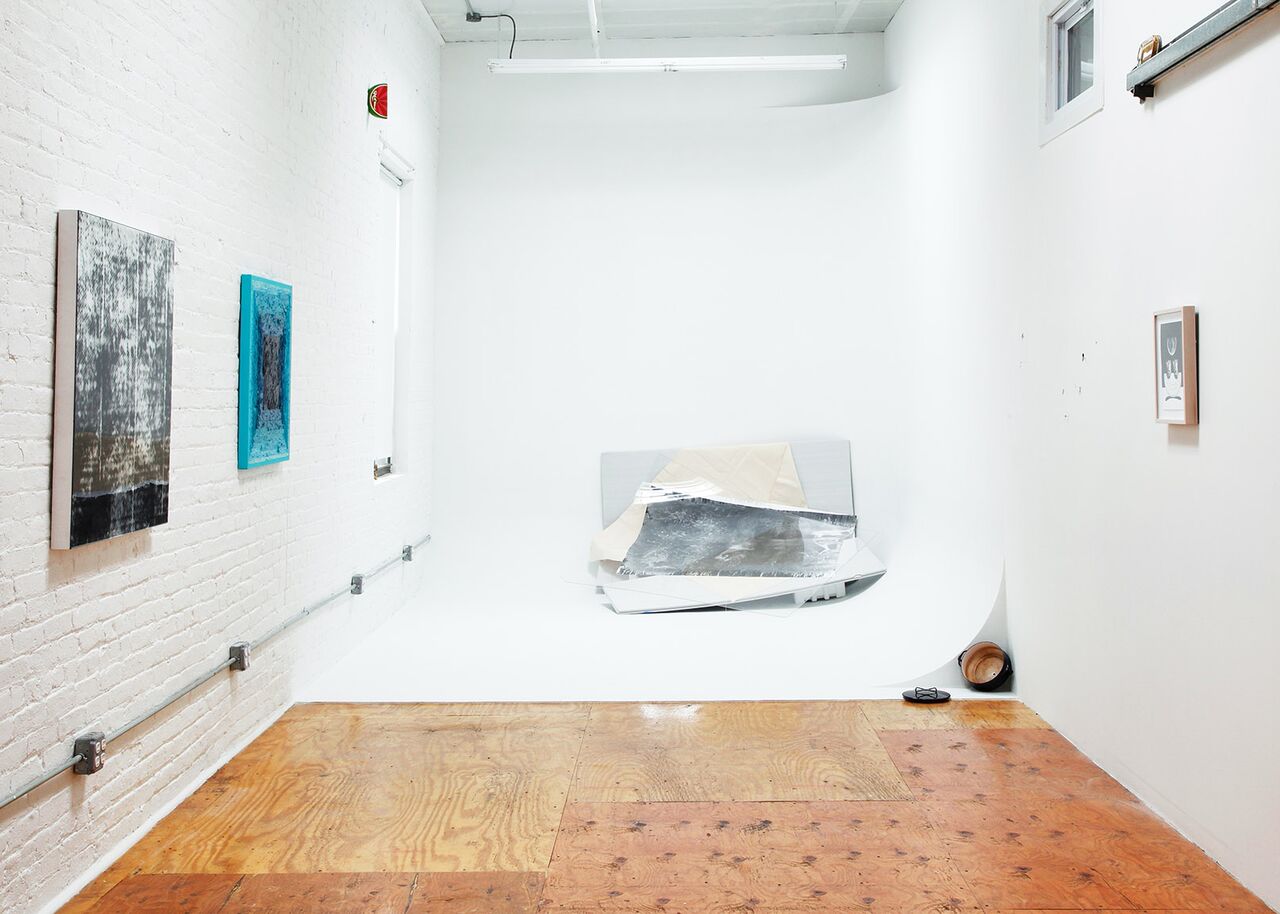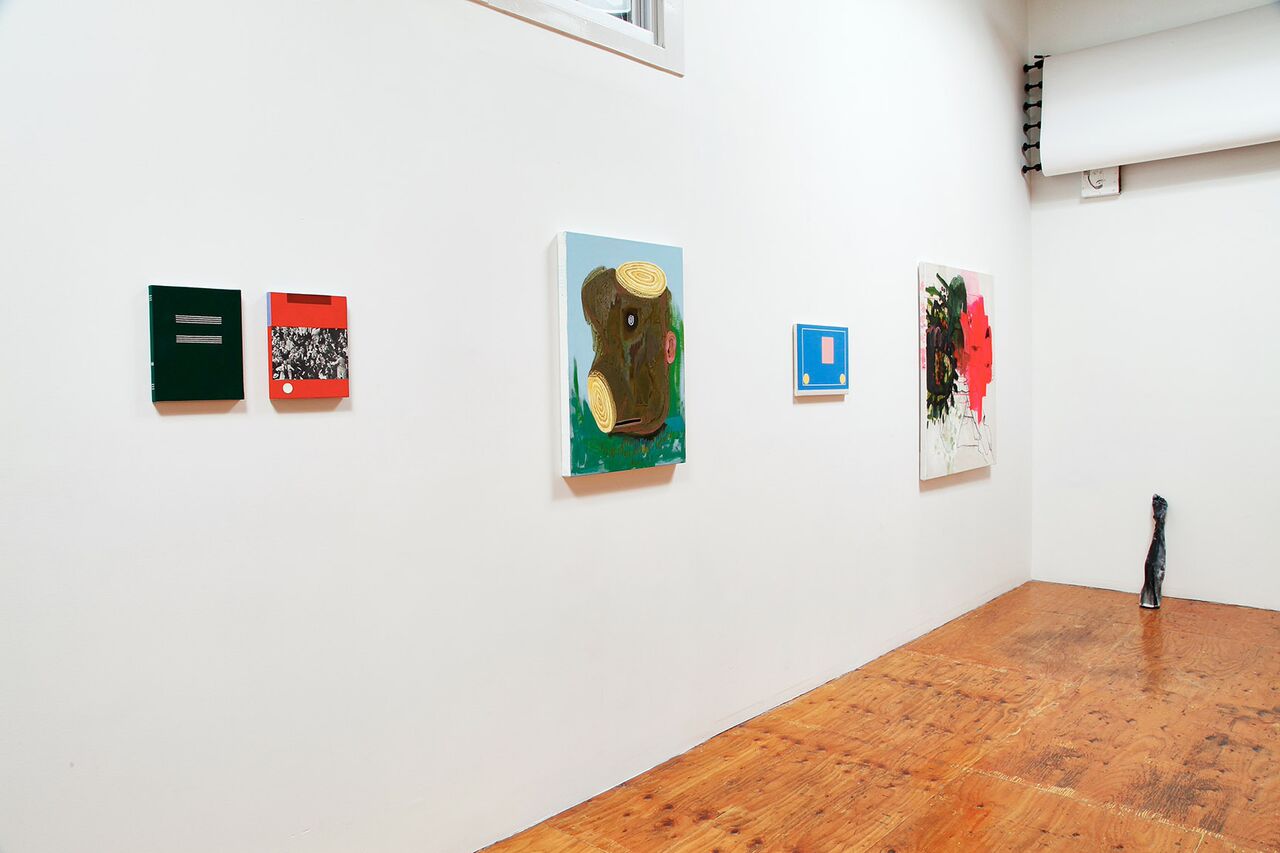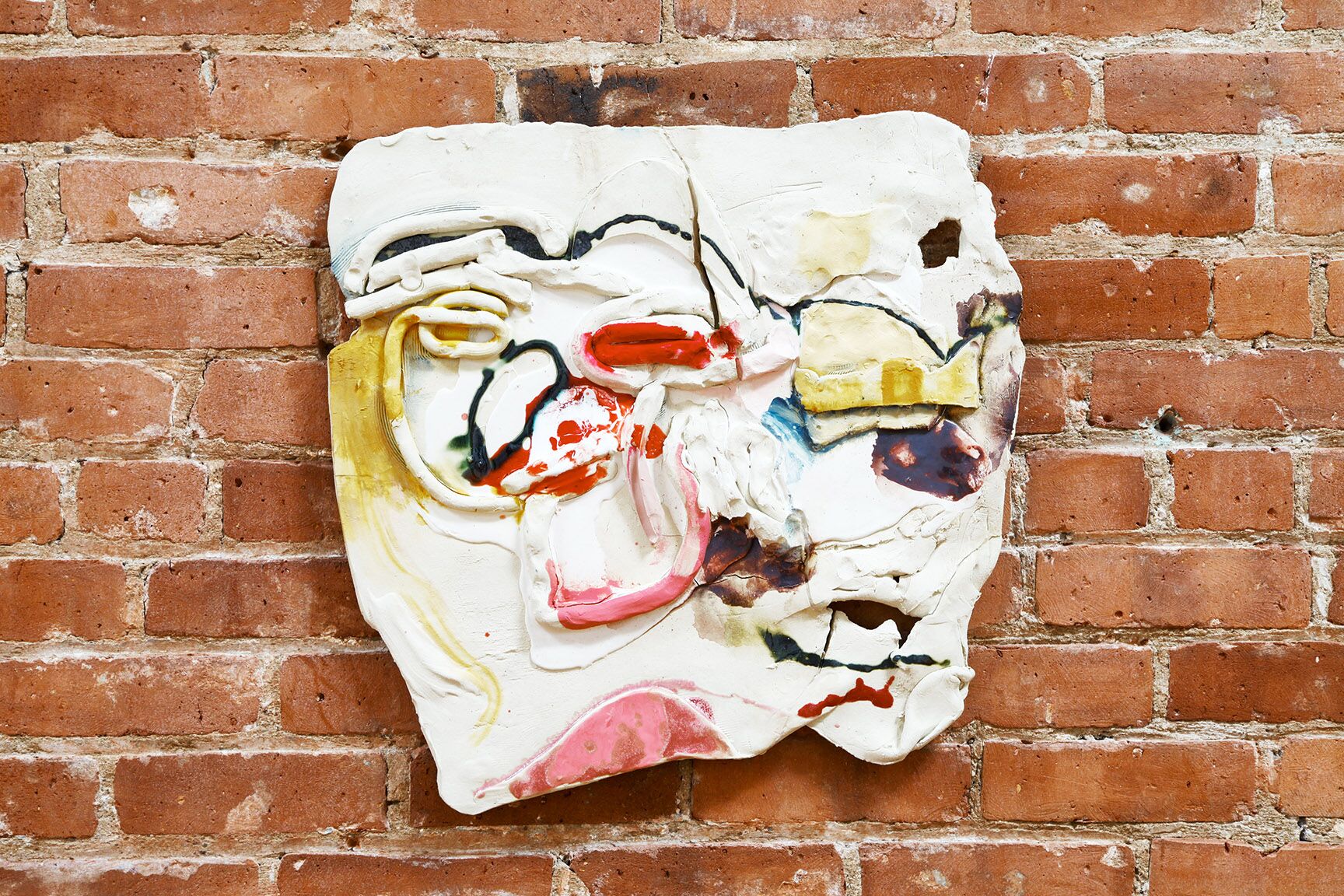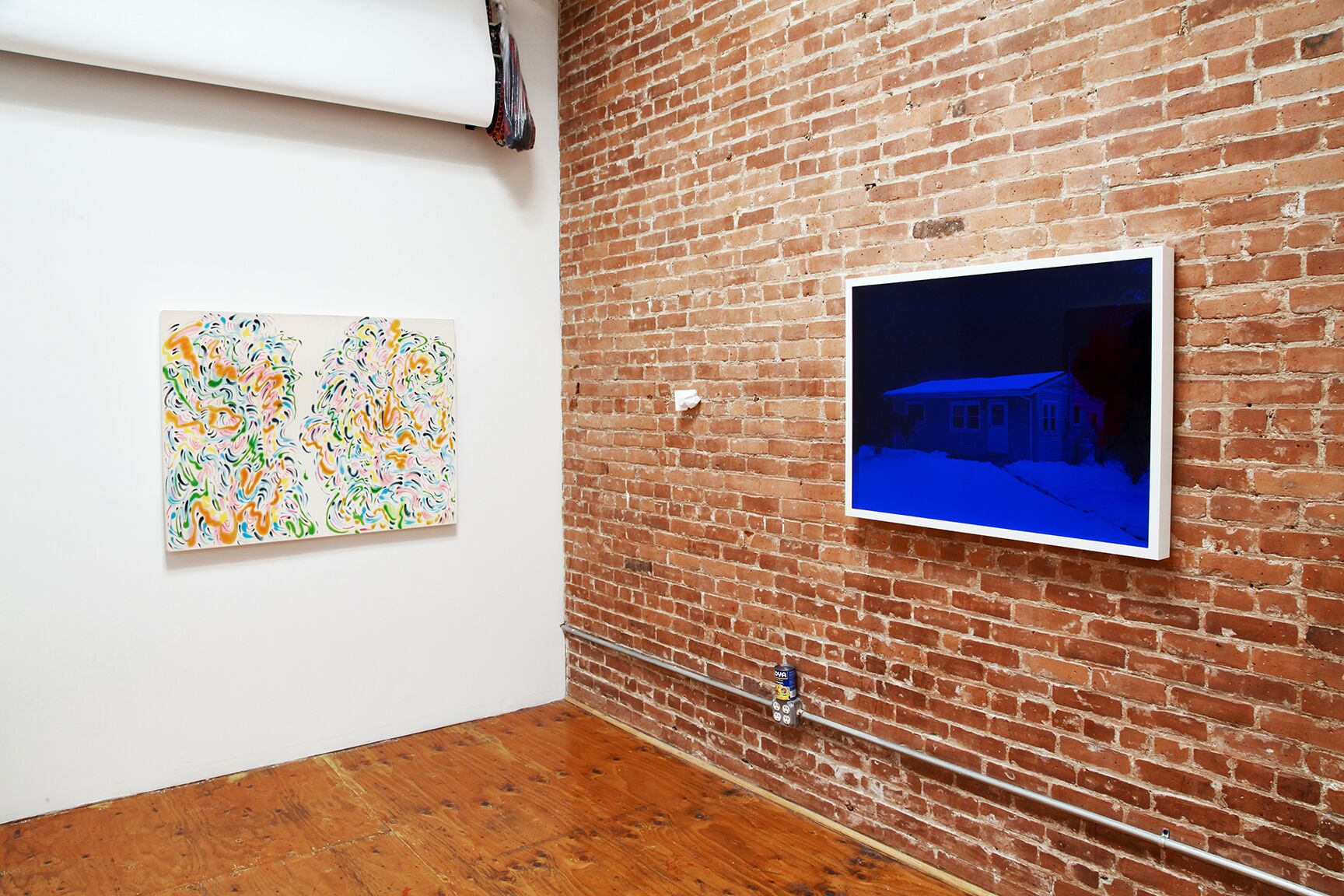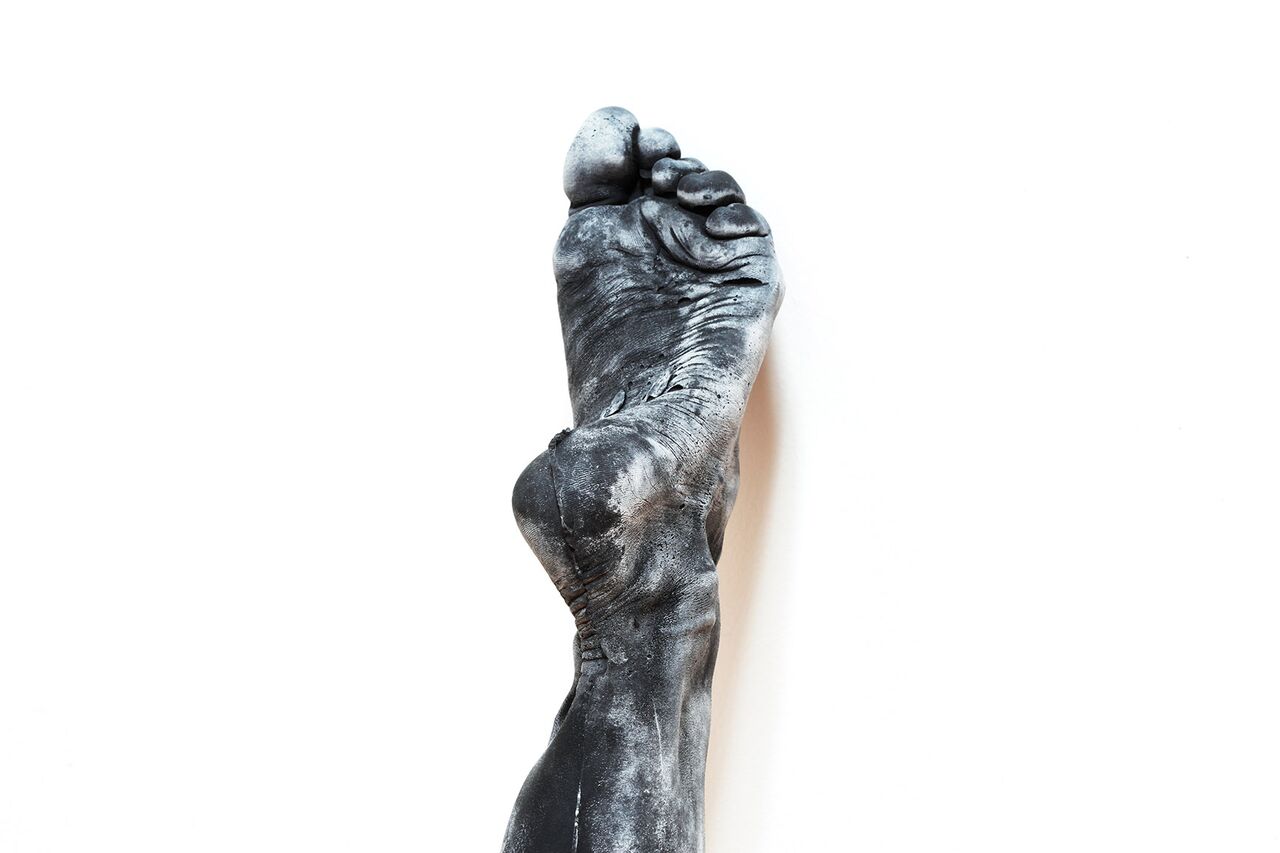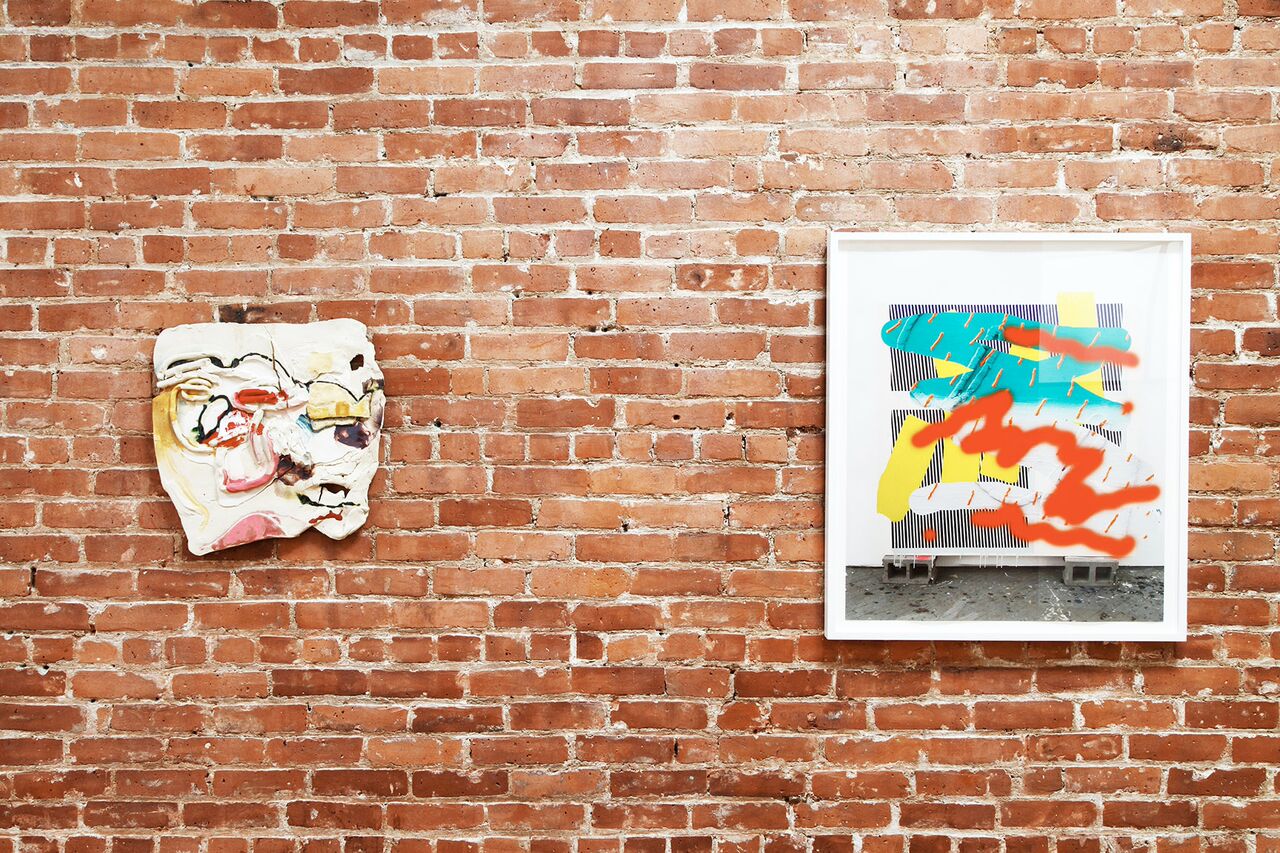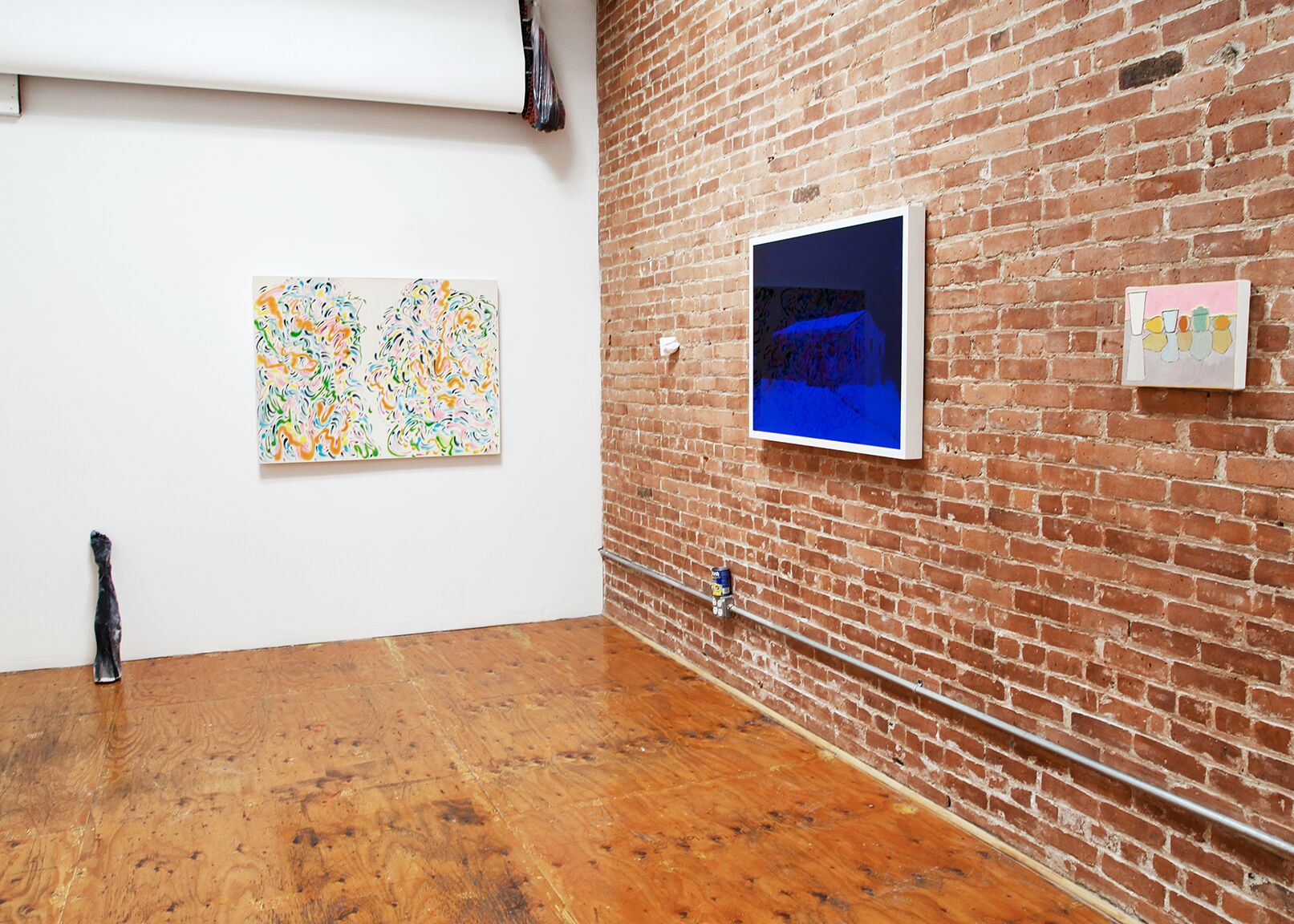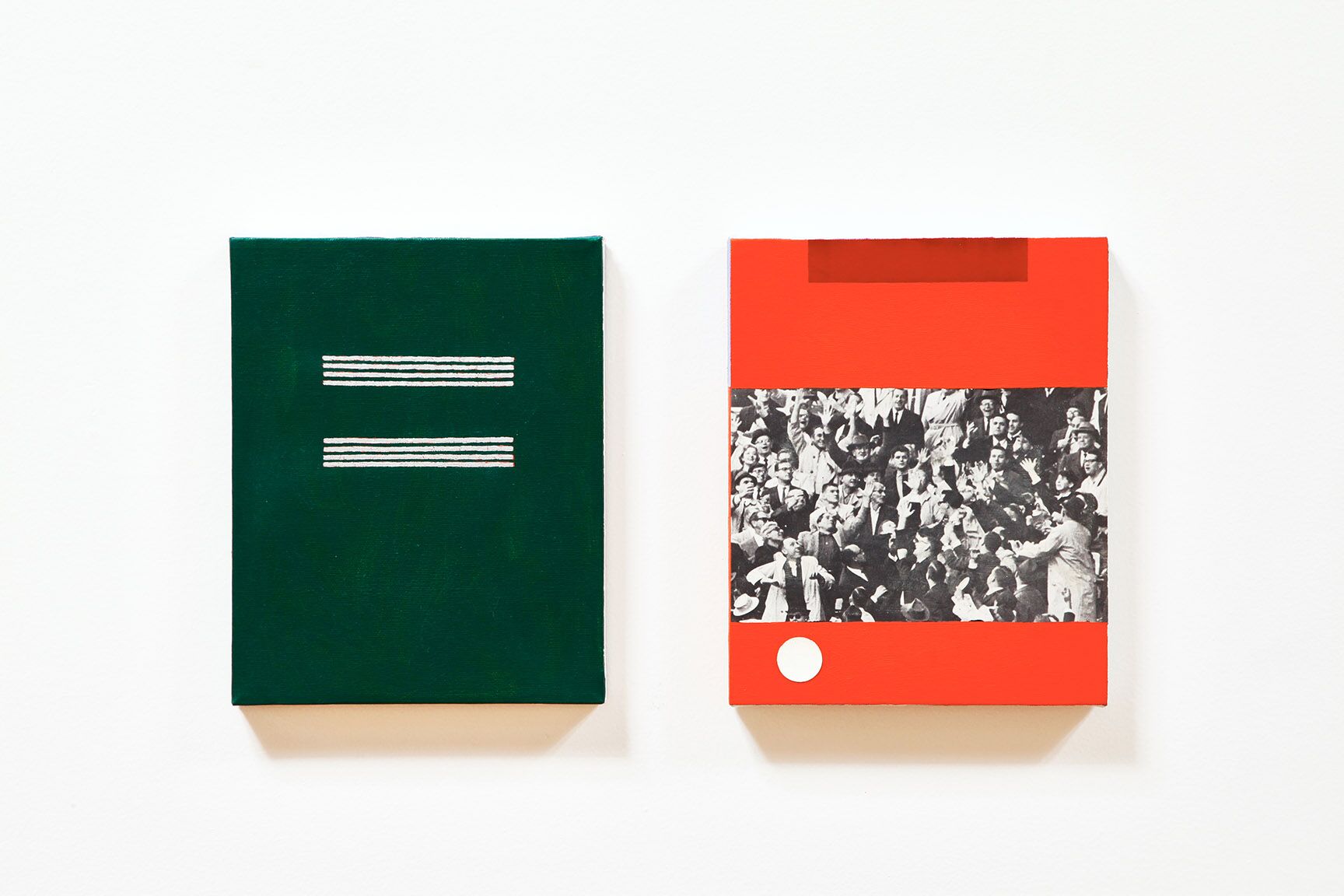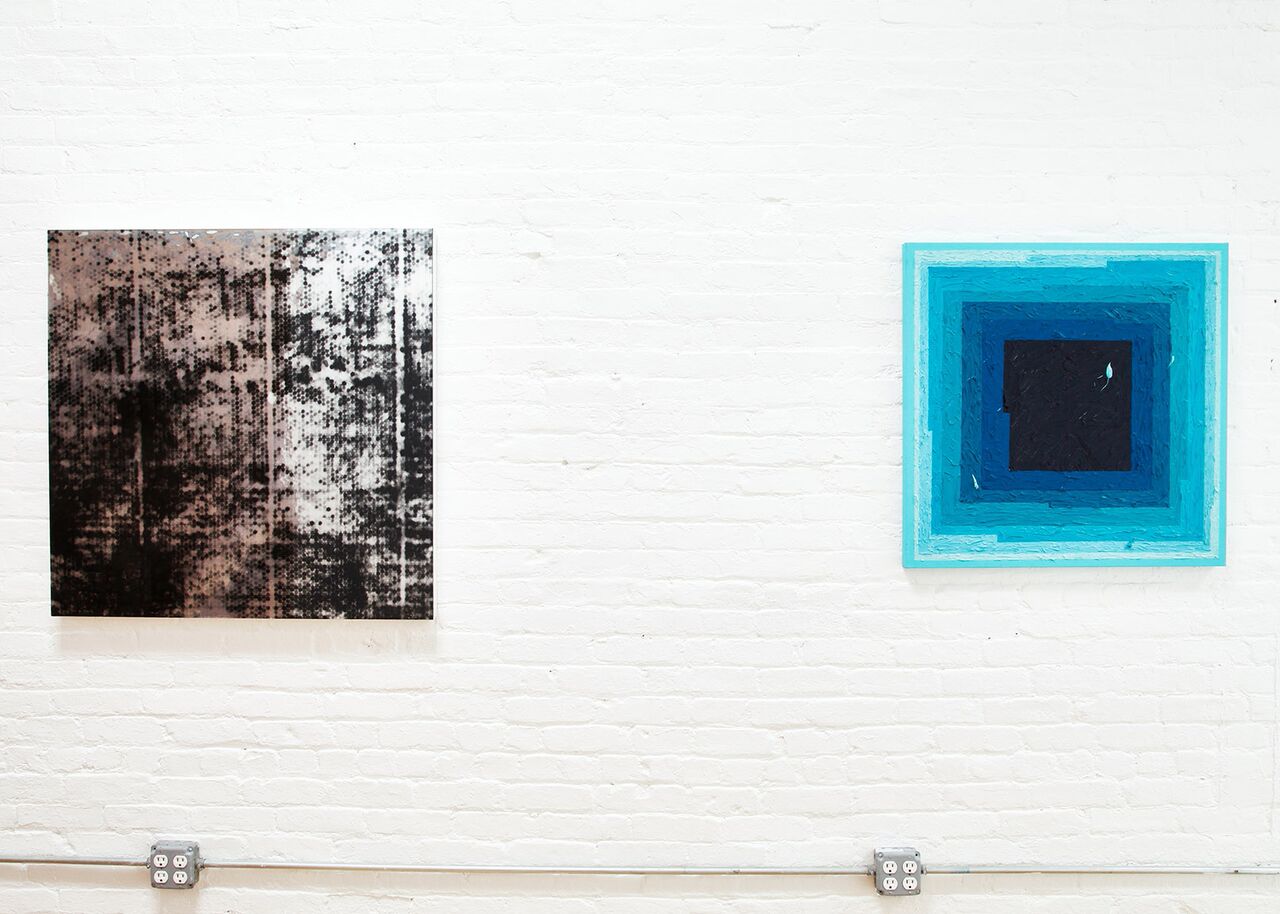art exhibit // swingers wknd @ bushwick open studios // curated by tribble & mancenido
my longtime pals + collaborative art couple, tribble & mancenido, curated a stellar exhibit at bushwick open studios this weekend. swingers wknd featured creative work by an eclectic mix of contemporary artist couples including russell tyler & trudy benson, ethan greenbaum & sun you, heather rasmussen & julian hoeber, gina magid & ryan steadman, tribble & mancenido, carrie yamaoka & joy episalla, holly coulis & ridley howard, jennie jieun lee & graham collins, jennifer coates & david humphrey, saira mclaren & mike hein and tamara zahaykevich & grant huang. the exhibition pays homage to a 1949 exhibit artists: man and wife at the sidney janis gallery. then, work by 9 renowned artist couples like jackson pollock & lee krasner, and françoise gilot & pablo picasso were paired together. sixty-six years later, tribble & mancenido "continue to explore the perpetual complexities of artistic partnerships that are reinforced by shared domestic spaces. each artist’s practice is embedded into one another, both subtle and layered despite their differing approaches to making work."
see images + more info below:
from their press release // the familiar narrative of the artist couple is steeped in the mythology of creative partnership. the married artist collaborative, tribble & mancenido will examined this archetypal phenomenon in their pop-up exhibit, swingers wknd.
the colloquial term “swinging” dates back to the sexual revolution of the 1960’s and is still used to describe recreational fornication between multiple couples. in the case of this exhibition, creative couples were invited to participate in an artistic orgy (pun intended) and to engage in free flowing discourse within a communal space. a few of the participating couples collaborated on producing work specifically for the show, while the individual members of each remaining couple chose to exhibit work from their personal artistic practices. objects from the couples’ homes were displayed alongside their respective works as symbols of domestic connectedness.


